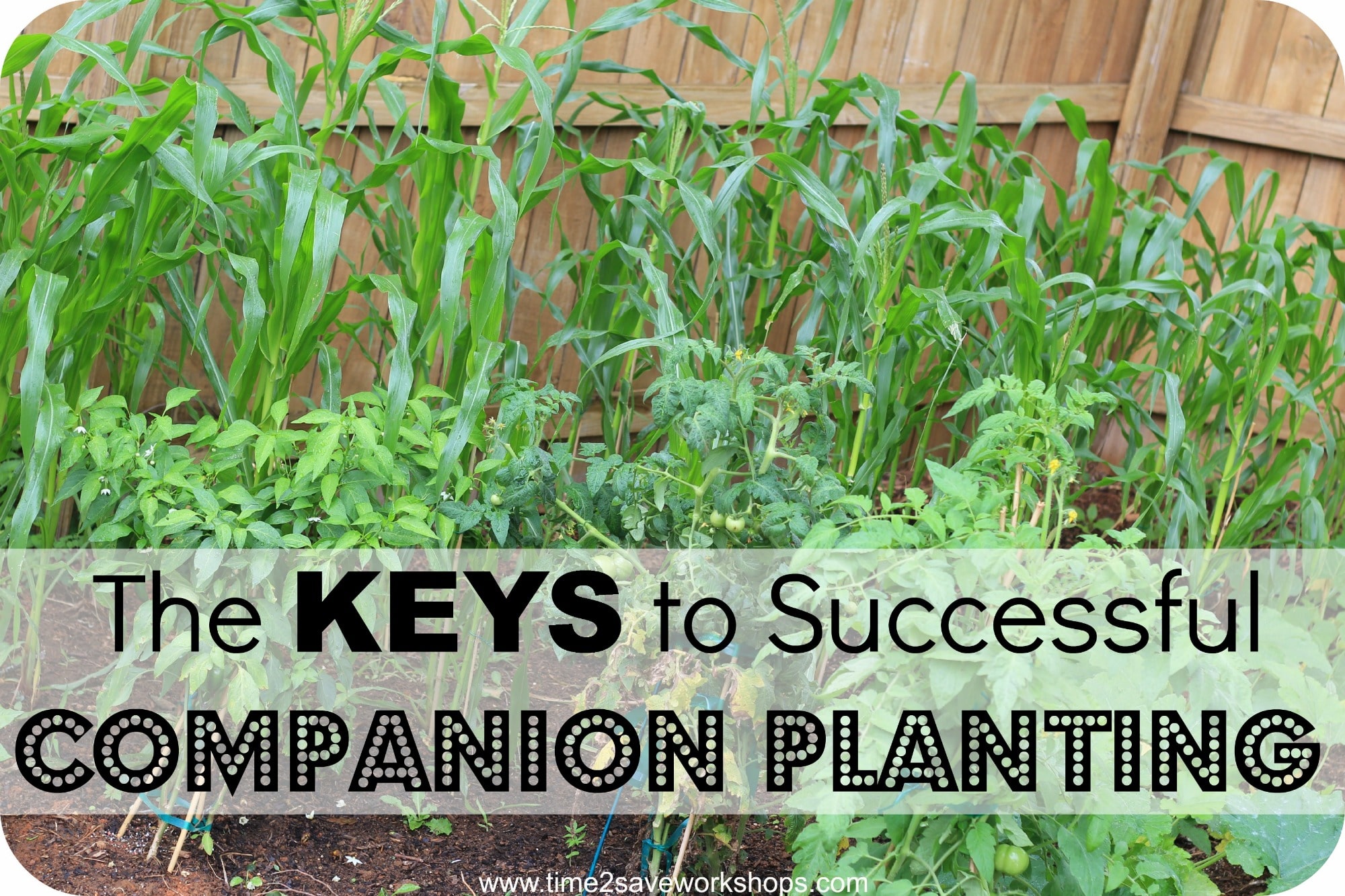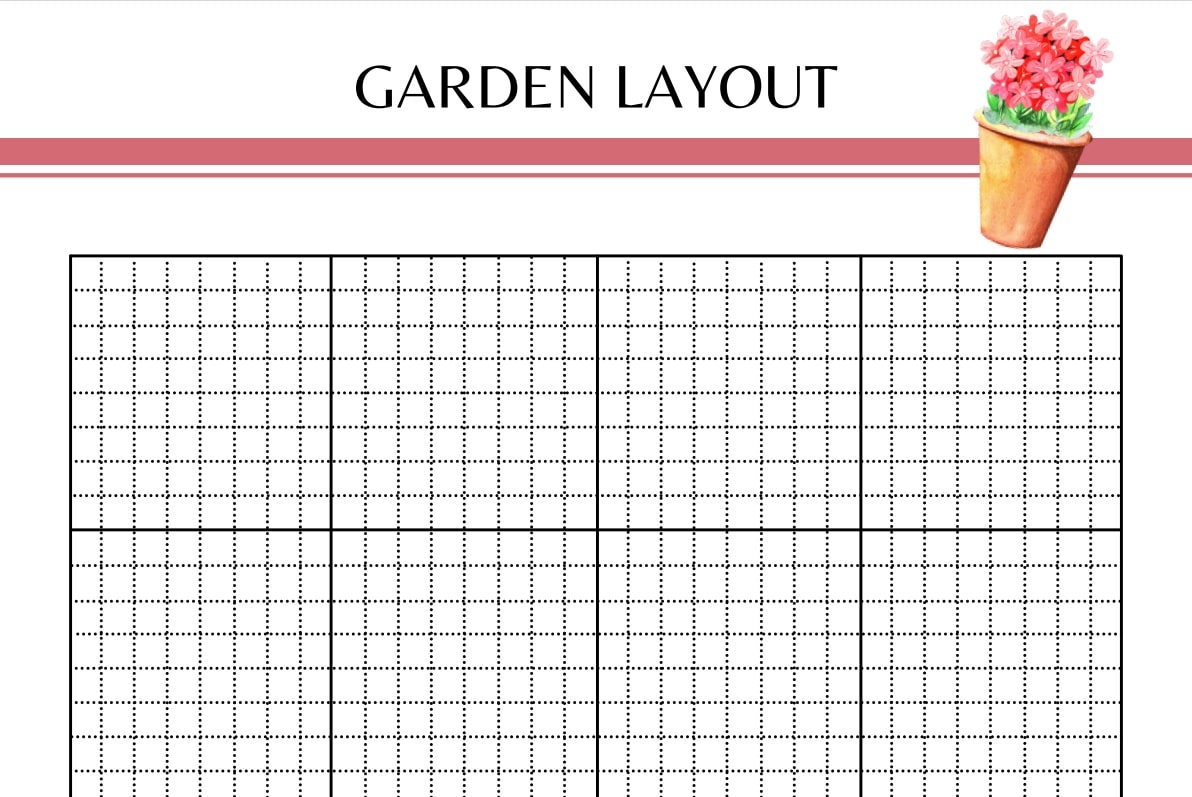How to Master Companion Planting for Vegetable Gardens

Companion planting is like creating a harmonious symphony in your vegetable garden. Just as musicians complement each other to create beautiful music, plants can work together to enhance growth, deter pests, and improve soil health. If you're ready to transform your garden into a thriving ecosystem, let's dive into the art of companion planting for vegetable gardens.
Understanding Companion Planting
What is Companion Planting?
Companion planting is the practice of growing different plants together for mutual benefit. This technique leverages the natural relationships between plants to create a healthier, more productive garden. Whether you're a seasoned gardener or just starting out, companion planting can significantly enhance your gardening experience.
The Benefits of Companion Planting
Companion planting offers a myriad of benefits, including:
- Pest Control: Certain plants can repel pests, reducing the need for chemical pesticides.
- Soil Health: Some plants improve soil structure and nutrient content.
- Space Efficiency: Maximize your garden layout by interplanting compatible species.
- Enhanced Growth: Beneficial plants can stimulate growth and improve the overall health of your garden.
Getting Started with Companion Planting
Choosing the Right Plants
Selecting the right plants is crucial for successful companion planting. Some plants are natural allies, while others are incompatible. For example, tomatoes and basil are a classic pairing. Basil repels pests that commonly attack tomatoes, while tomatoes provide shade for the basil.
Planning Your Garden Layout
A well-planned garden layout is essential for companion planting. Consider factors like sunlight, water needs, and plant height. Taller plants should be positioned to provide shade for shorter ones without blocking their sunlight.

Soil Health and Plant Compatibility
Healthy soil is the foundation of a thriving garden. Some plants, like legumes, fix nitrogen in the soil, benefiting nearby plants. Others, like marigolds, have roots that release chemicals that deter pests and improve soil health.
Popular Companion Planting Combinations
Tomatoes and Basil
Tomatoes and basil are a match made in heaven. Basil repels pests like tomato hornworms and improves the flavor of tomatoes. Plant them together for a bountiful harvest and delicious meals.
Carrots and Onions
Carrots and onions are another dynamic duo. Onions repel carrot rust flies, while carrots deter onion maggots. This symbiotic relationship keeps both plants healthy and pest-free.
Corn, Beans, and Squash
The "Three Sisters" method is a traditional Native American technique. Corn provides a natural trellis for beans, beans fix nitrogen in the soil, and squash acts as a living mulch, suppressing weeds and retaining moisture.
Advanced Companion Planting Techniques
Interplanting
Interplanting involves growing different plants in the same space. This technique maximizes your garden layout and can help control pests and diseases. For example, interplanting lettuce with taller plants like tomatoes provides shade and reduces the risk of lettuce bolting.
Succession Planting
Succession planting involves planting different crops in the same space at different times. This technique ensures a continuous harvest and makes the most of your garden space. For example, plant quick-growing crops like radishes in the same space as slower-growing crops like carrots.

Trap Cropping
Trap cropping involves planting sacrificial plants to attract pests away from your main crops. For example, planting nasturtiums can lure aphids away from your vegetables. This technique is an effective form of natural pest control.
Conclusion
Mastering companion planting for vegetable gardens is like conducting a symphony. By choosing the right plants, planning your garden layout, and employing advanced techniques, you can create a harmonious ecosystem that thrives. So, are you ready to turn your garden into a symphony of growth and health? Start with companion planting today!
FAQs
What are some common companion planting mistakes to avoid?
- Overcrowding plants, ignoring soil health, and pairing incompatible plants are common mistakes. Always research plant compatibility and space requirements.
Can companion planting replace the need for pesticides?
- While companion planting can significantly reduce the need for pesticides, it may not eliminate it entirely. However, it's a great step towards a more organic and sustainable garden.
How do I know if my plants are compatible?
- Research is key. Look for plants that have similar water and sunlight needs and complementary growth habits. Avoid plants that compete for the same nutrients or attract the same pests.
What are some good companion plants for tomatoes?
- Basil, marigolds, and carrots are excellent companions for tomatoes. They repel pests, improve soil health, and enhance tomato flavor.
Can I use companion planting in a small garden?
- Absolutely! Companion planting is ideal for small gardens as it maximizes space and efficiency. Interplanting and succession planting are particularly useful in small spaces.
By embracing companion planting, you're not just growing vegetables—you're cultivating a thriving ecosystem. Happy gardening!
0 Response to "How to Master Companion Planting for Vegetable Gardens"
Post a Comment